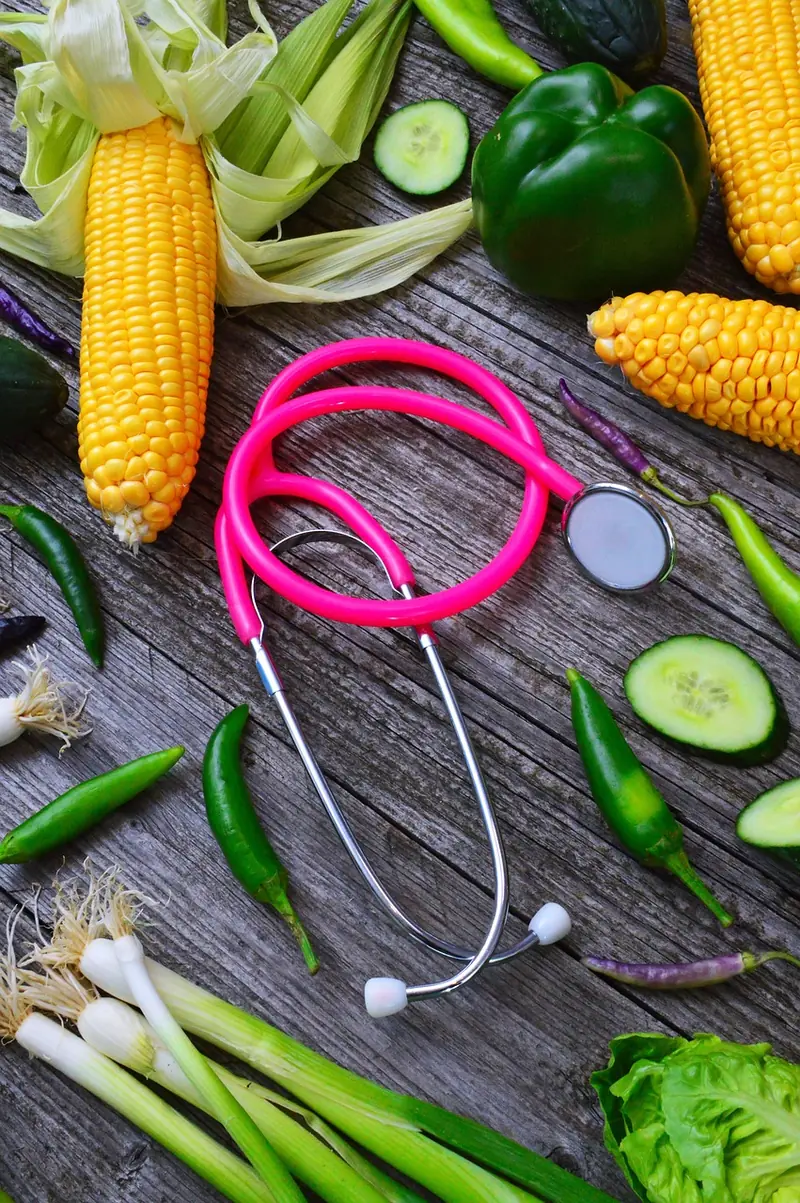
According to healthy eating guidelines, the modern individual should consume at least five servings of fruits and vegetables each day. This means we must regularly deal with washing these plant-based foods.
Fruits and vegetables from the store, local farmers’ markets, or even our own gardens come into contact with numerous microbes and absorb pesticides and toxins. Therefore, giving these products a good wash is crucial not only for our health but also for extending their shelf life.
Popular Science has outlined several key rules from nutrition experts that we should follow to ensure our fruits and vegetables reach the table clean and intact.
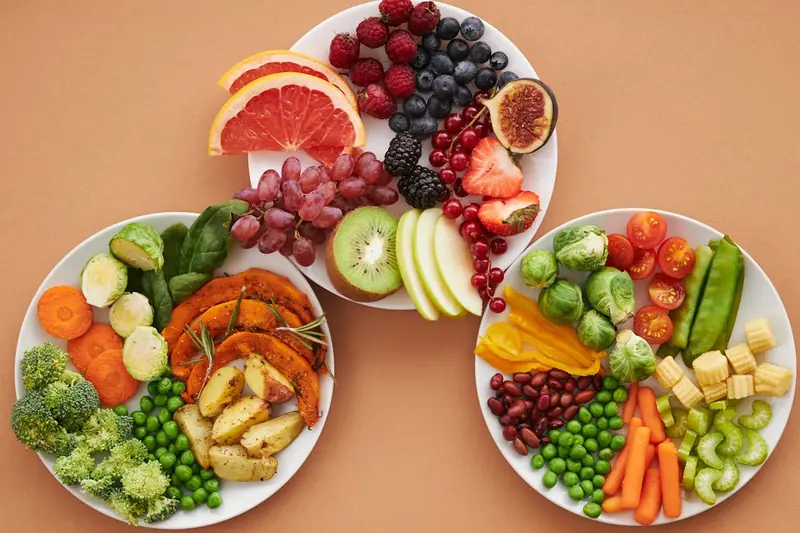
Why Wash Them at All?
Fruits and vegetables often contain pesticides, such as fungicides, which can lead to health issues. Additionally, these products may be contaminated with pathogens like E. coli and salmonella, as well as environmental pollutants such as heavy metals and airborne toxins. Washing plant-based foods can reduce the presence of these unwanted substances and make our meals safer to eat while preserving their nutritional value.
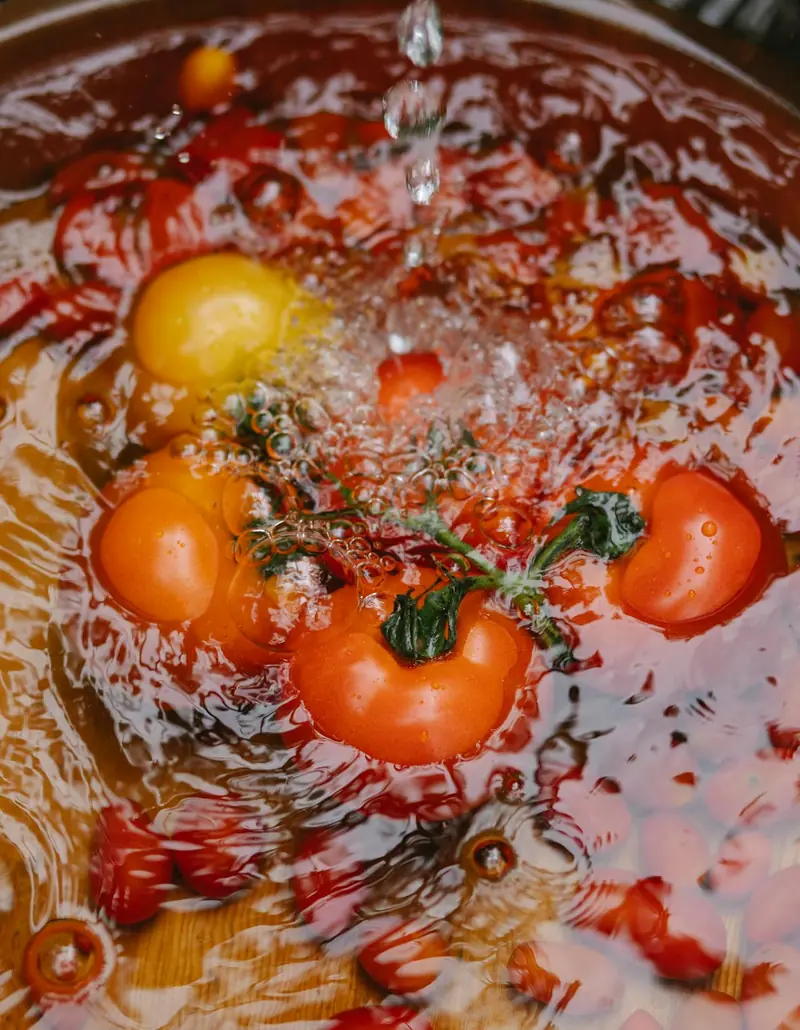
Are Cleaning Agents Necessary?
Common cleaning agents like soap, vinegar, lemon juice, baking soda, and commercial produce washes are not needed for the hygiene of fruits and vegetables. The U.S. Food and Drug Administration (FDA) does not recommend using this arsenal of cleaners when washing plant foods. The agency relies on studies showing that rinsing and washing fresh fruits and vegetables under cold running water is just as effective as using, for example, a vinegar solution.

Where to Start?
Before washing plant products, it’s essential to prevent cross-contamination, a common cause of foodborne illnesses. Start by thoroughly washing your hands with soap and hot water for at least 20 seconds. Once your hands are clean, wash all utensils, surfaces, and dishes with hot soapy water. After that, you can wipe them down with a food-safe disinfectant solution to eliminate any remaining bacteria. It’s also important to clean and disinfect your produce brush after each use.
Before washing fruits and vegetables, inspect each item carefully and remove any damaged parts. Spoiled sections can harbor potentially harmful pathogens and quickly spread contamination to the rest of the product.
For firmer fruits and vegetables, such as apples, lemons, and root vegetables (like potatoes and carrots), thorough cleaning is crucial due to their contact with soil. A clean brush with soft bristles and cold running water will effectively remove dirt residues and surface bacteria. This method is optimal, as the firm texture of these products helps prevent damage.
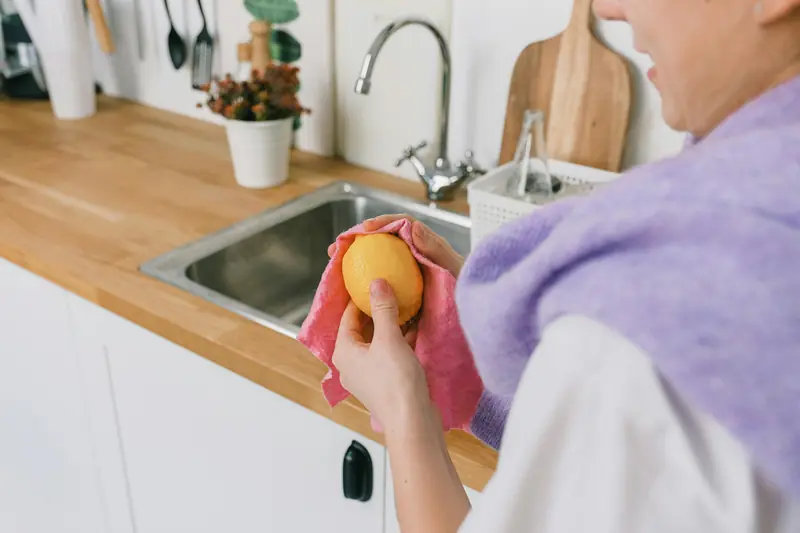
Greens
Leafy greens, such as spinach, lettuce, and Swiss chard, are very delicate and require gentle handling. The first step in cleaning them is to remove the outer leaves, which are usually the most contaminated and damaged. After that, the greens should be submerged in a bowl of cool water and then gently rinsed under running water to wash away the tiniest dirt particles and surface bacteria.
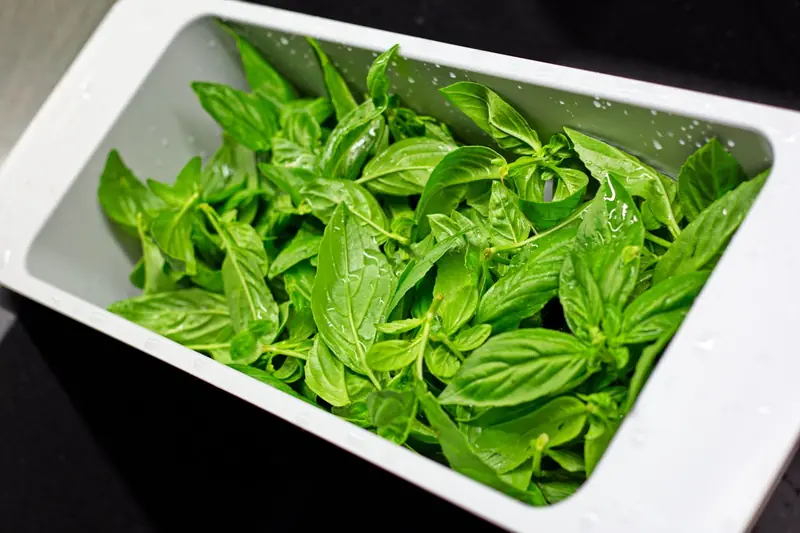
Other Delicate Products
Delicate items like strawberries and mushrooms should not be scrubbed with a brush, as it can easily damage their surface. Strawberries should be gently rinsed under a weak but steady stream of water.
Mushrooms should be submerged in water and then gently wiped with your fingers to remove any visible dirt. However, keep in mind that due to their porous structure, they quickly absorb water, which can alter their texture and flavor.
Drying
Properly drying fruits and vegetables helps prevent spoilage and inhibits the growth of bacteria that thrive in moist environments. The key is to remove as much moisture as possible without damaging the products.
Fruits and vegetables that you plan to slice should be laid out in a single layer on a clean, dry surface and air-dried or dried with a fan. Good air circulation prevents the formation of microdroplets where bacteria can accumulate.
Dry fruits and vegetables should be stored in airtight containers in a cool, dry place. This way, they will last longer while remaining whole and undamaged.
